TVS Wego vs Suzuki Swish vs Piaggio Vespa vs Honda Dio vs Yamaha Ray Z Comparison
With a plethora of recent additions, the gearless scooter space is certainly the most heated segment in the country. So, we decided to compare the TVS Wego, Suzuki Swish, Piaggio Vespa, Honda Dio, and Yamaha Ray Z against each other to see

The gearless scooter segment has never been this exciting. So, we thought of joining the fun and got ourselves five scooters that are each impressive in their own right. Settle the fight, should we?
It’s been a while since I rode scooters for a full-on review – that’s been falling into Jared’s lap off late. So, when a faithful reader sent us a mail saying that he’d like to read about all the gearless scooters compared against each other, I thought it would make for a good piece. So, we waited for Yamaha to introduce the Yamaha Ray Z, then gathered a few more scooters, and went for the kill. What you see here are five of the most impressive products from the gearless scooter segment. Expect this to be a very consumer-focused review – so no shenanigans. Let’s go one at a time, then…
TVS Wego
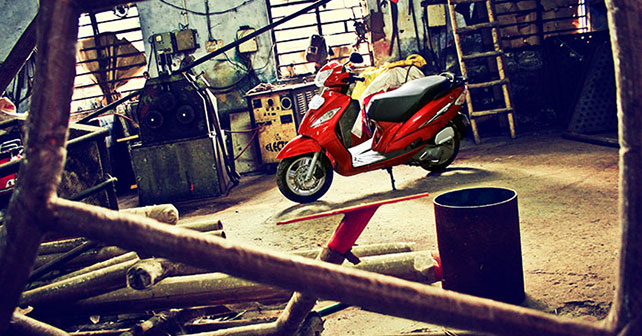
I don’t quite understand what’s with that ‘Body Balance’ thing that the girls in the Wego’s ad sing and dance about, but it made for an enjoyable watch (largely because of the girls perhaps). I’m starting with the TVS Wego because it surprised me the most here. I didn’t expect it to be anywhere near as impressive as it finally turned out to be. First things first – the telescopic suspension and the 12-inch wheels help
it massively.
The Wego has one of the more impressive ride and handling characteristics in this group. The Wego feels the most like a morotcycle here. You get comfortable with it very fast, and start taking corners like a lunatic. The seat is adequately supportive and should suffice for the regular city commute. The engine is perhaps the standout item here. TVS has done a very impressive job with this 110cc motor, and, though it may not sound like much, the 8bhp and 8Nm that it produces are the reasons behind this being a very pleasing machine to ride. The power delivery is linear, and if you get a bit naughty with it, the Vario-matic responds fairly well – and even the brakes are potent enough to stop it in time.
The one thing I actually don’t appreciate much is the way the Wego is styled. Sure, the Scooty has always brought in the gold for TVS – but when you’re moving towards something bigger, make it look bigger to start with. In this end of the scooter segment, looking good is a requirement – not a luxury. Though shapely and sleek, the Wego looks diminutive and lacks character. It’s like a slightly grown up Scooty – and that’s simply not enough.
Suzuki Swish

This was my second favourite scooter of the lot. This little Suzuki manages to put a wide smile on your face in no time. Yes, I don’t quite like the way it looks – it’s somewhere in between the staid Activa and the Wego. It’s the only one with an exhaust that runs parallel to the road – something that’s a little too conventional. But everything else about the Swish is grown-up stuff.
The engine is a busy little 124cc squirrel. This thing is always happily to respond when you ask it to – and the performance it delivers is, quite simply, the benchmark here. Though it’s got smaller wheels than the TVS, the Swish actually feels more alive around bends, and the steering is light and quick to respond. This scooter – the Wego being the other one – performed exceedingly well on the braking front as well, with good feel from the levers and very balanced bite from the brakes.
The ride quality of the Swish is commendable too. The bumps are absorbed without the suspension sending tremors up your spine, and the handling isn’t affected when going over bad patches. Another thing that stands out is the quality of switchgear – the plastics feel smooth, and there’s a tactile feel in the way they operate. It’s mechanically the best in the group here, and the one I’d write my cheque in favour of. Of course, I’ll then head out to the local automotive market and get some aftermarket stuff fitted on to it to make it a bit more unique. In its factory guise, the Swish just looks a tad boring.
Piaggio Vespa

If you observe properly, all the scooters that I’ve spoken about have something in common – edgy and sharp design elements. A couple of them have managed to pull it off rather well, while others feel as if they could do with some more investment of thought. But, overall, they look more or less very ‘today.’ The Vespa is at the absolute opposite end of the spectrum. This is a scooter that pulls of retro chic like nothing else can. If design alone were to be the deciding factor, you’d buy the Vespa in a heartbeat – it’s really that seductive. It doesn’t look as sharp as the others, but that’s exactly its novelty.
The Vespa has a big-scooter feel to it, yet it’s light and very nimble on its feet. The handling is exciting, and the Vespa does feel very connected to the road all the time. The suspension is tuned to take on anything that Indian road conditions can throw at it and it rides brilliantly as a result. The sheer quality of this thing is on a different plane altogether. The switches feel solid, and it’s so well engineered that there’s almost no vibration felt – until you really hold the engine by the scruff of its neck that is.
The engine is its biggest letdown though. It doesn’t feel fast enough – and that’s probably because it really isn’t that fast. The 125cc engine produces xbhp, but I’d like to see more being churned out from its barely beating heart. The Vespa deserves more power, and when it gets that, it could well be the best scooter in the country. Right now, it’s a matter of head-over-heart. I’m a full-on heart guy, so you know my answer. But feelings don’t buy a scooter, money does – and for that reason alone, I’d have the Suzuki.
Honda Dio
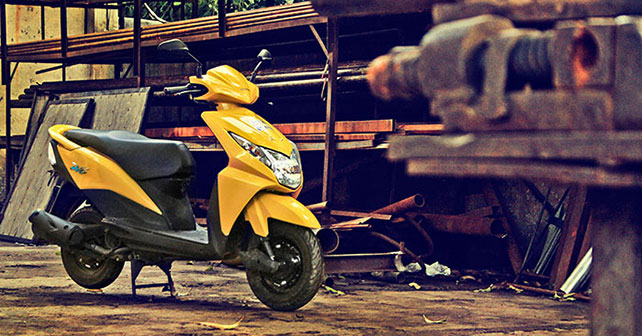
The Honda Activa has been the best selling scooter in India for some time, and for good reason. One, it’s a Honda, so peace of mind comes as a standard feature, and, two, it’s just been bloody good all these years. Yes, it’s becoming a bit long in the tooth in comparison to the fresher models coming out of rival factories, but the image that the Activa has established over the years still helps it sell massively well.
Sorry, I’m supposed to be talking about the Dio here. It’s the Activa’s stylish brother that’s had a little time in the gym. The Dio is lighter by a few kilos and performs better because of that. The 110cc engine is a proven unit, and does an exceptional job at being smooth and reliable. It doesn’t have the grunt that other scooters here have – even the Wego feels slightly gutsier.
That said, the Dio does go around corners like a ballet dancer. It’s got very neutral handling, and the suspension, though slightly clueless on bumpy roads, isn’t bad either. But, overall, it does feel a bit heavy and lumbering against the more modern competition. What Honda desperately needs is more modern underpinnings. The Dio is based on the vintage mechanicals of the Activa, and it shows its age when riding hard. But you can’t argue with what it’s achieved – such is the equity of the brand.
Yamaha Ray Z
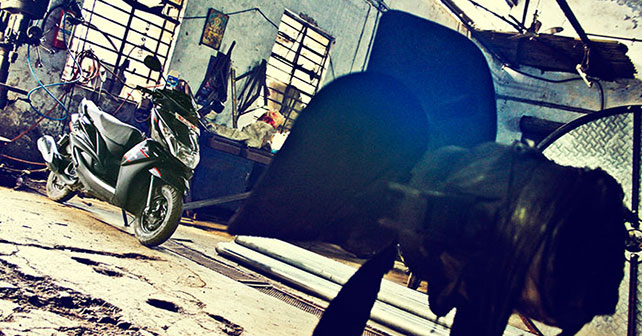
When Yamaha came out with the Ray last year, it had the industry divided. Why they chose to run an entirely women-centric advertising campaign is beyond comprehension. Yes, I buy Priyanka Chopra’s, “Why should boys have all the fun?” statement, but really Yamaha that’s purely for advertising – not to be taken literally. The Ray was launched in bright colours like pink and purple – and I’d never be seen on anything that’s pink!
But, to be honest, the Ray was always a charmer – and it rode quite well. Thankfully, Yamaha heard my silent plea it seems, and recently launched the more masculine version of the Ray – the Ray Z. Now, the Ray Z isn’t that much different from the stock Ray that we’re so used to by now, and the only thing that separates it is the sticker job and dual-tone paint scheme. The adverts say the Ray Z is “your new bro.” So now it goes and spits in the face of my biological brother too!
But behind the veneer of cosmetic enhancements, there’s more substance than you thought – small, but worthwhile changes. I was hoping that Yamaha would give the Ray Z a bigger engine to make it more appealing to the male population, but it’s got the same 113cc engine that it’s sister, er, feminine avatar gets and the 7bhp it produces just doesn’t cut it. The 8Nm of torque is acceptable, but twist the throttle open and you do have to wait for the Ray Z to gather any pace whatsoever. But it does feel slightly peppier than the Ray, thanks to a throttle position sensor that responds almost instantly on the move – thanks to some complex algorithm, and other such techy stuff. The engine now sports roller type rocker arms and gets low friction oil seals to reduce frictional losses and reduce its appetite for fuel, so you get a really refined riding experience. But jazzy design and a better overall feel-good factor still doesn’t make it the scooter to measure the competition against.
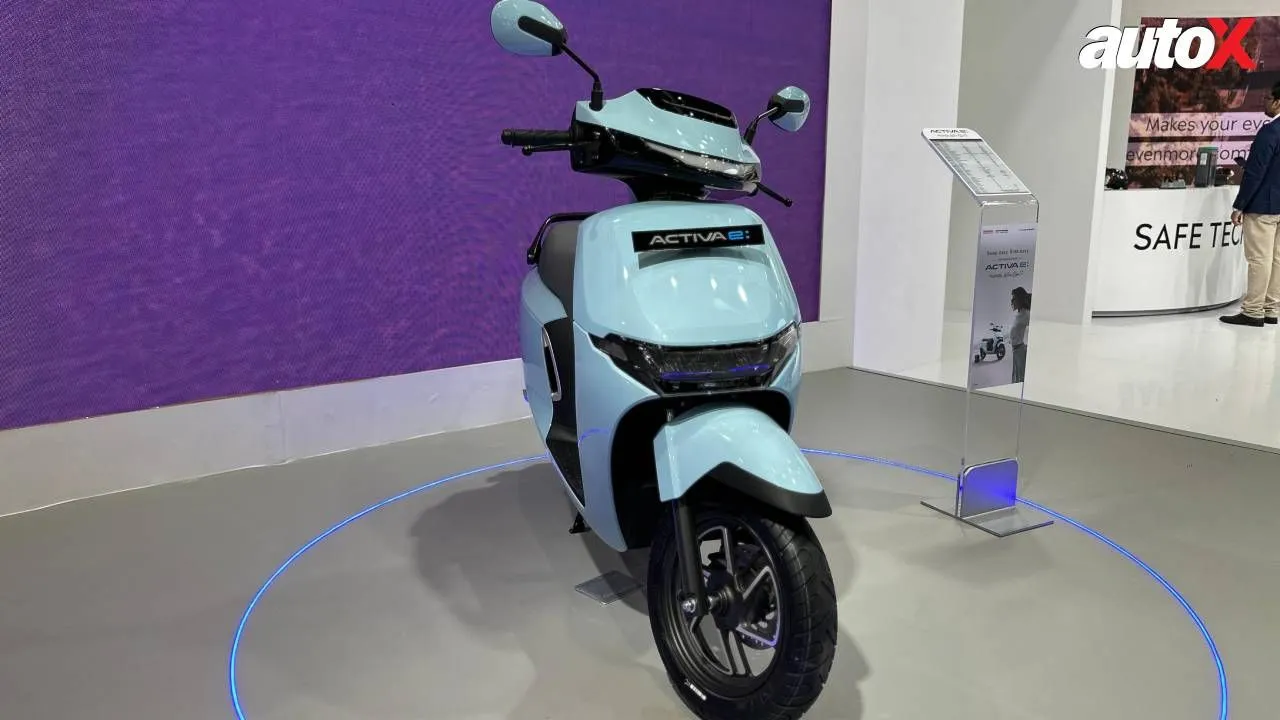
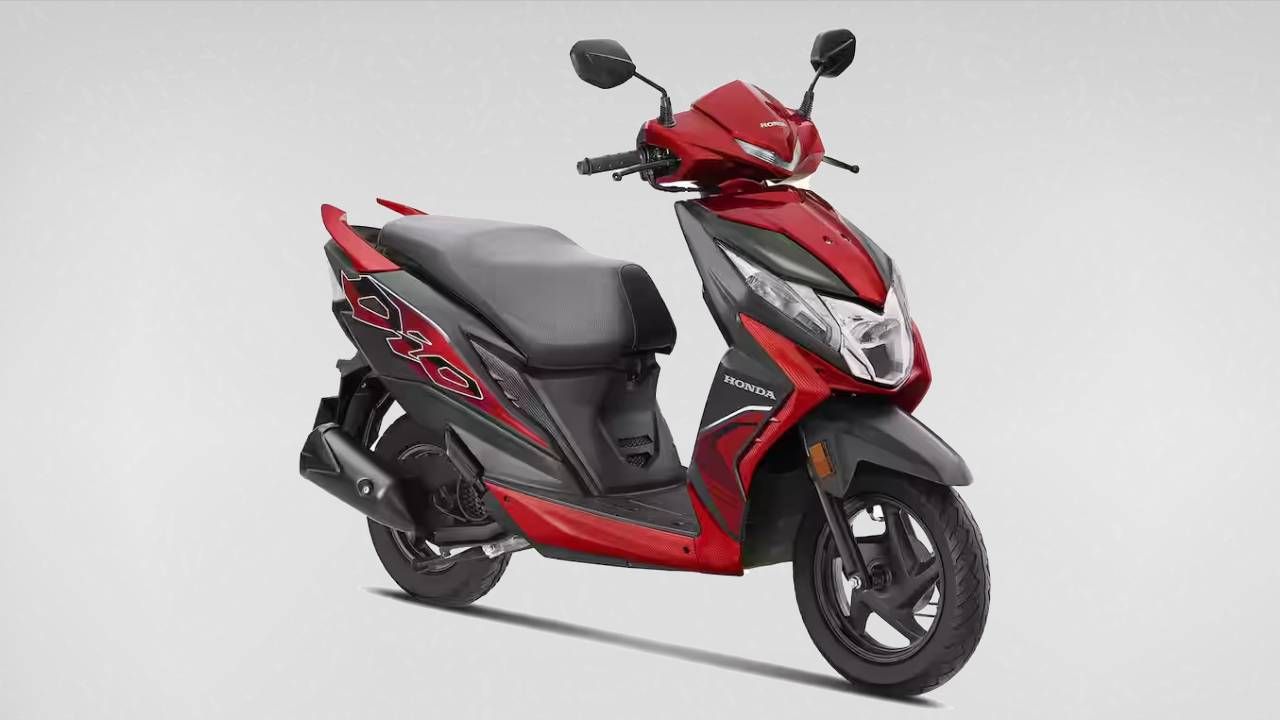
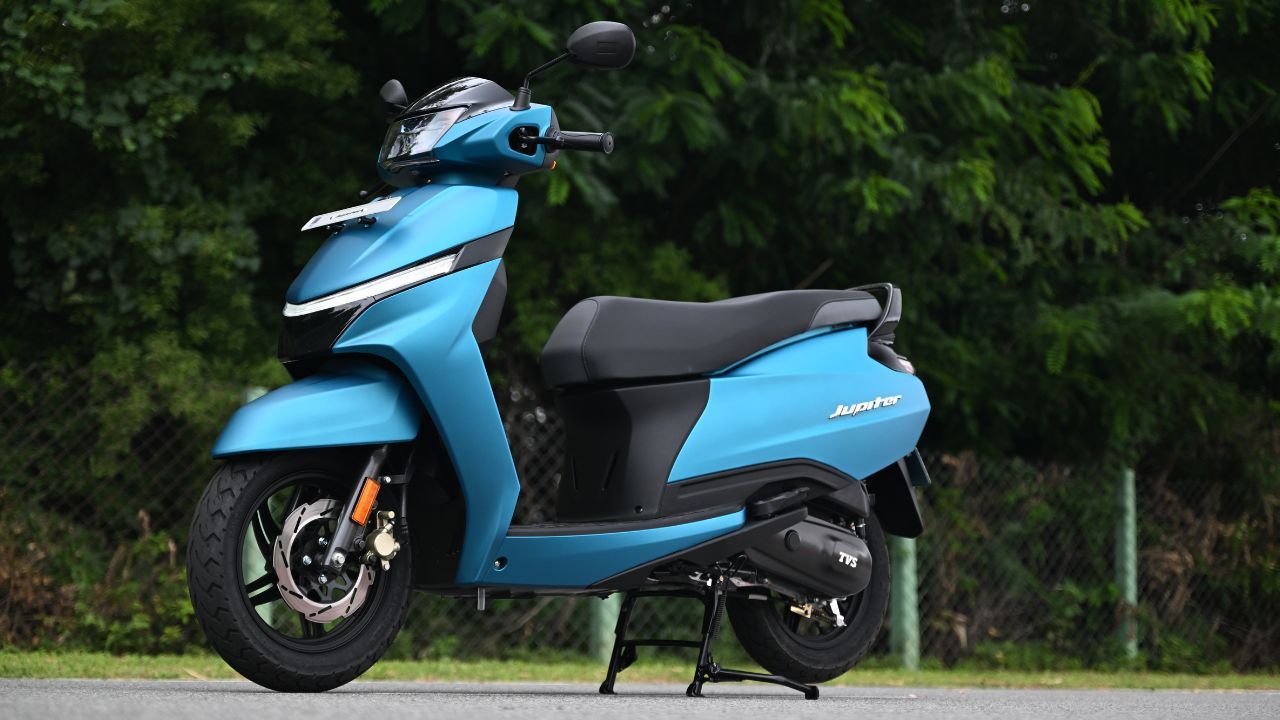
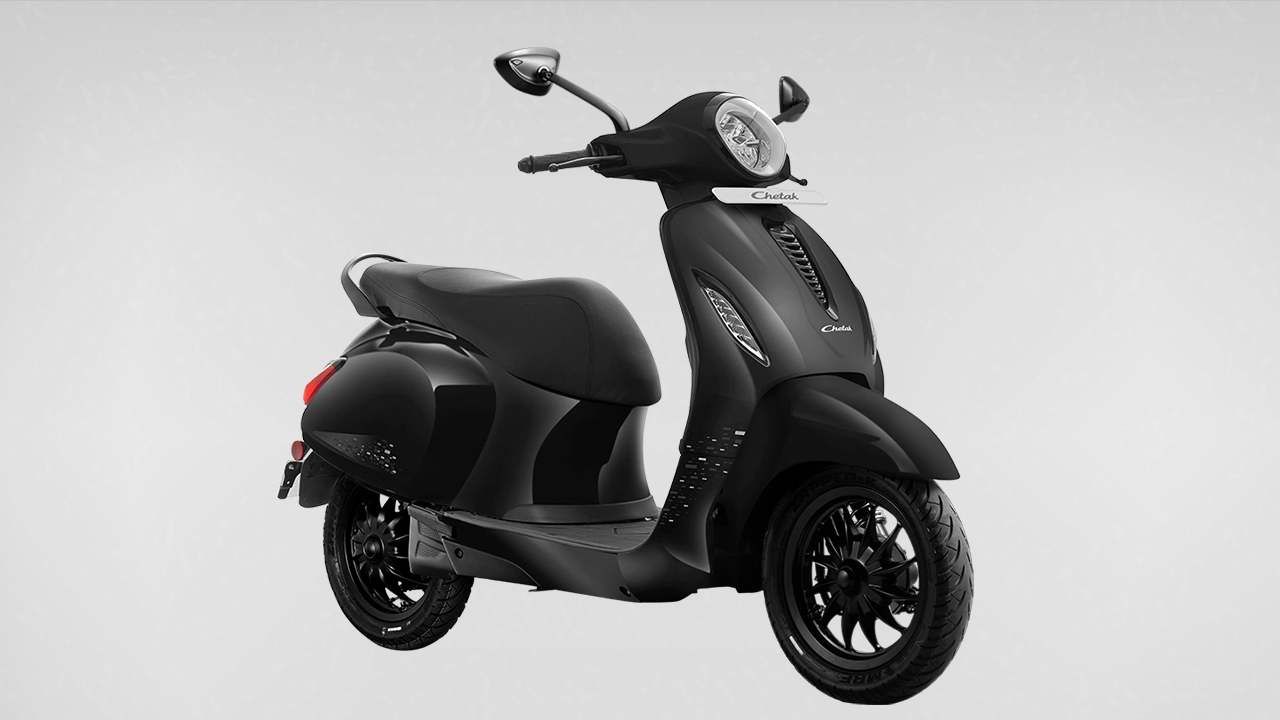
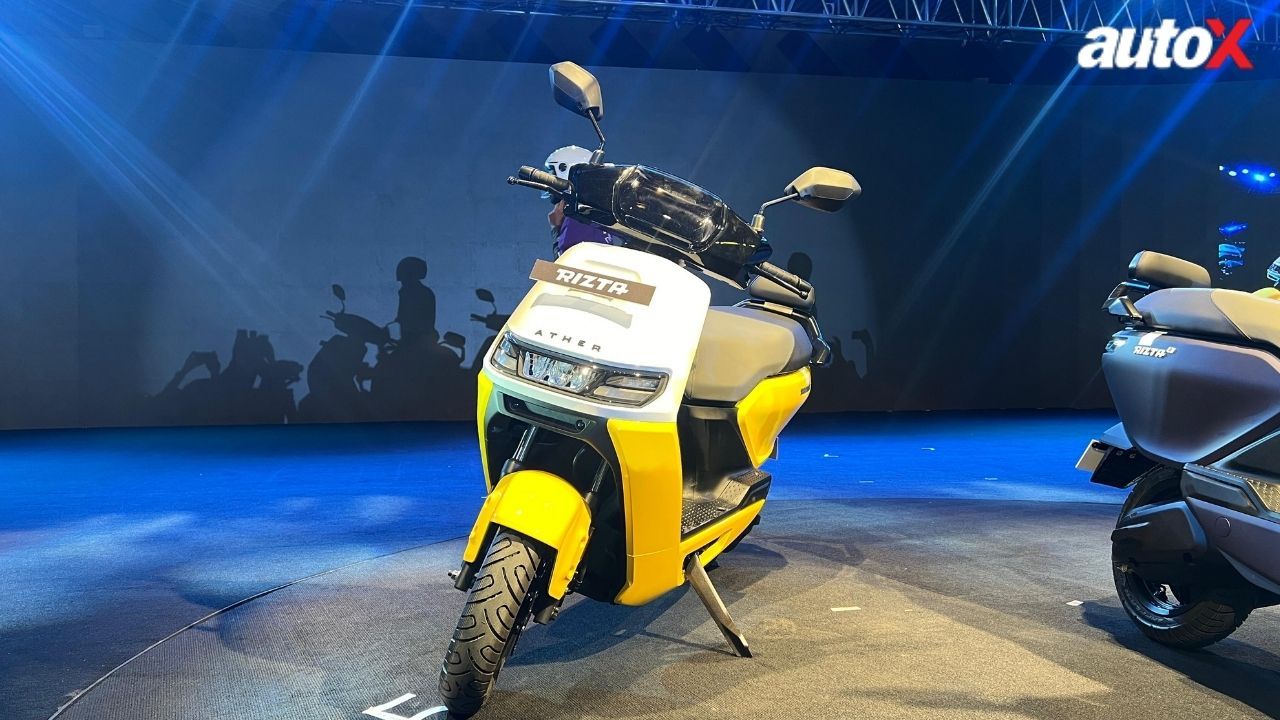
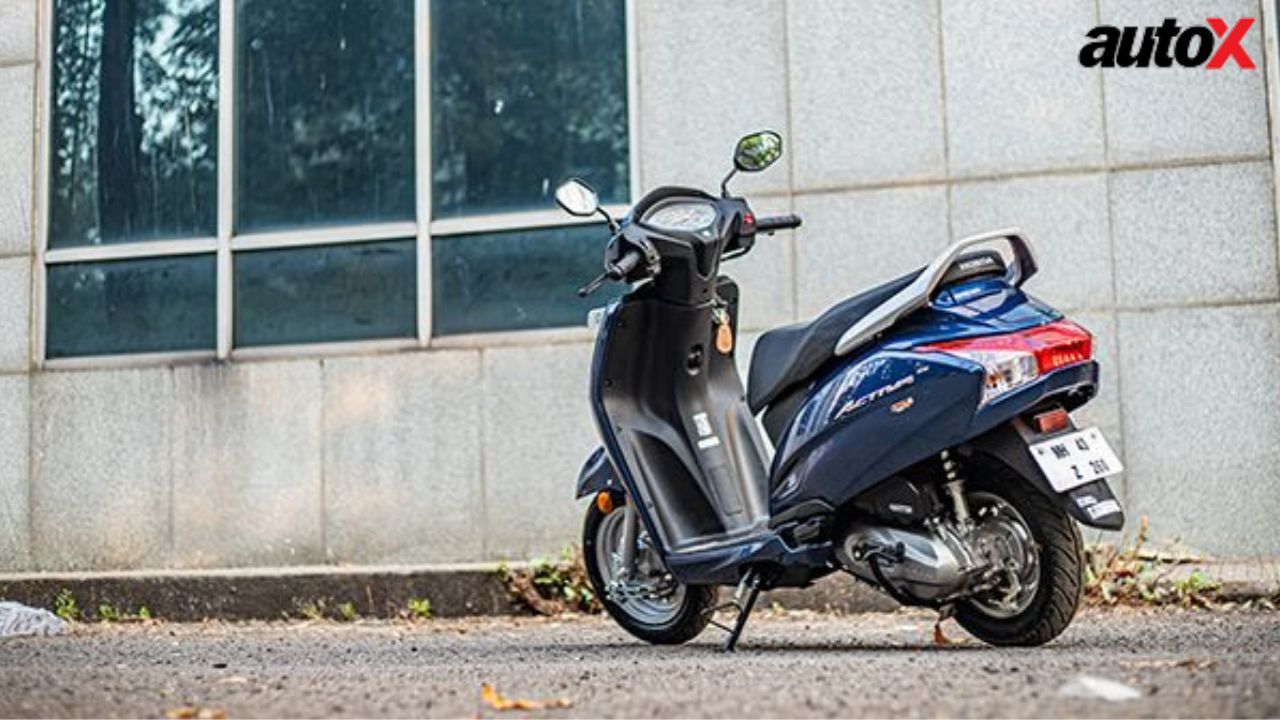
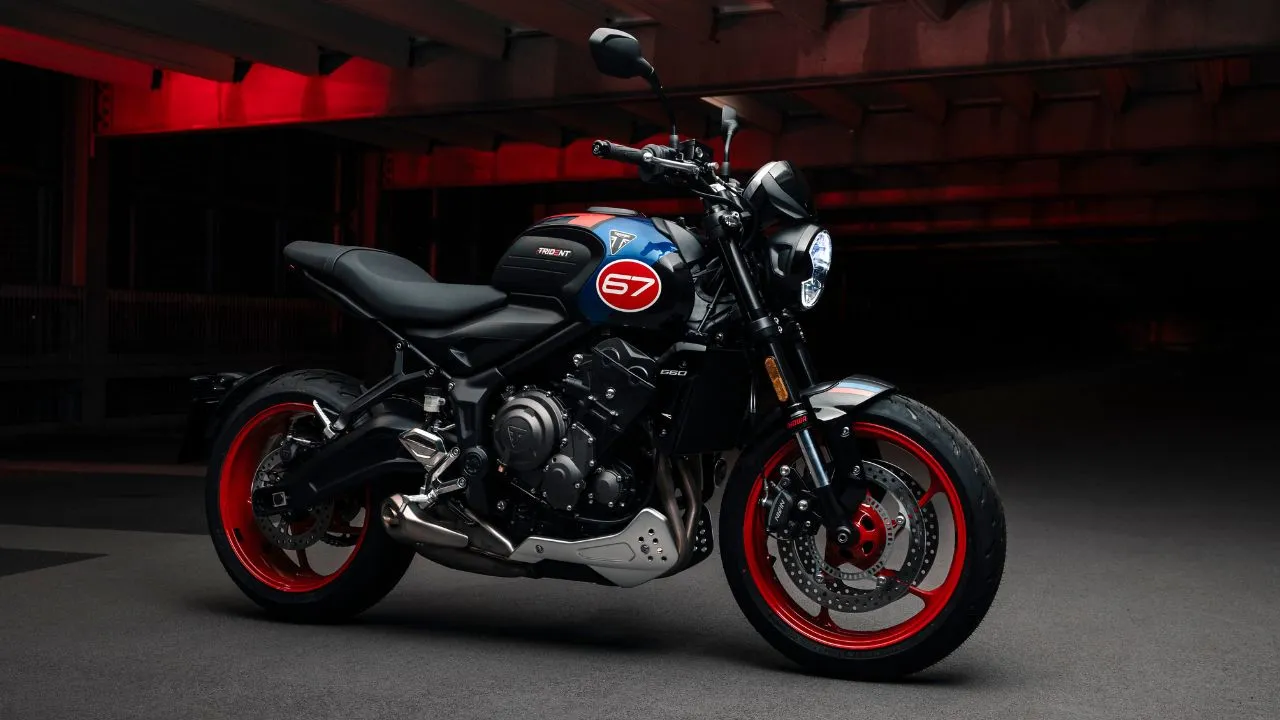
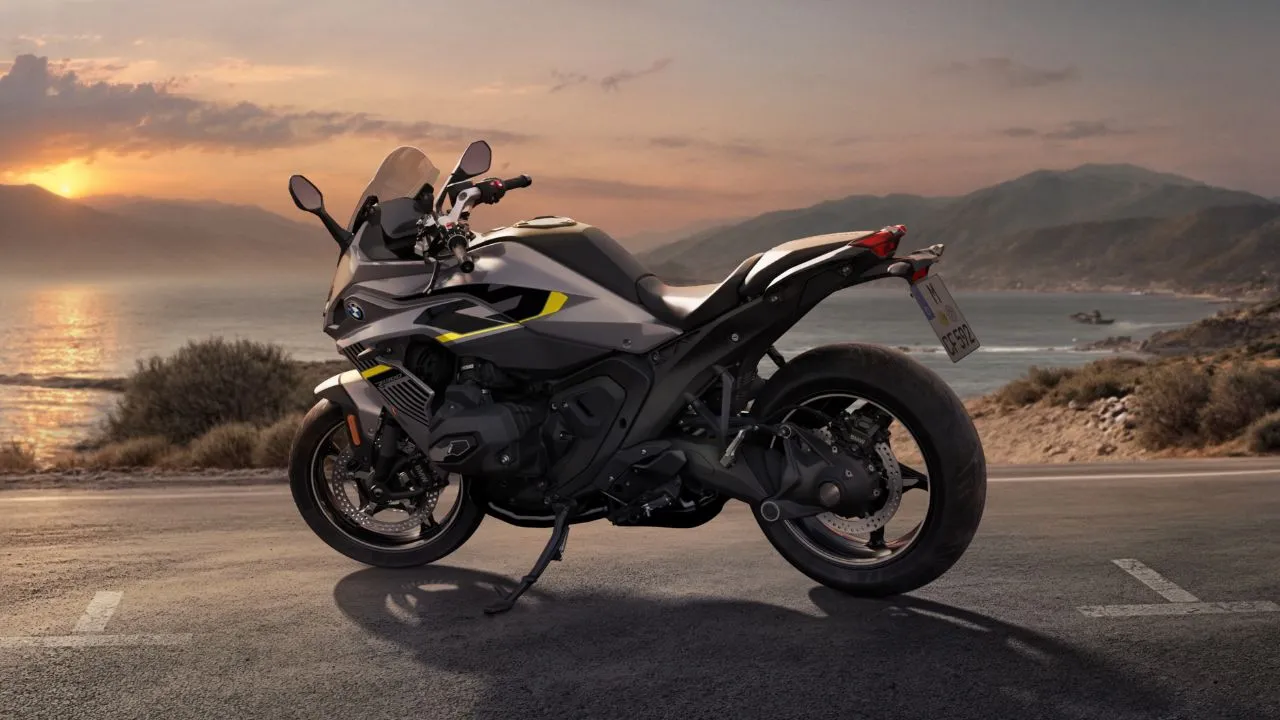
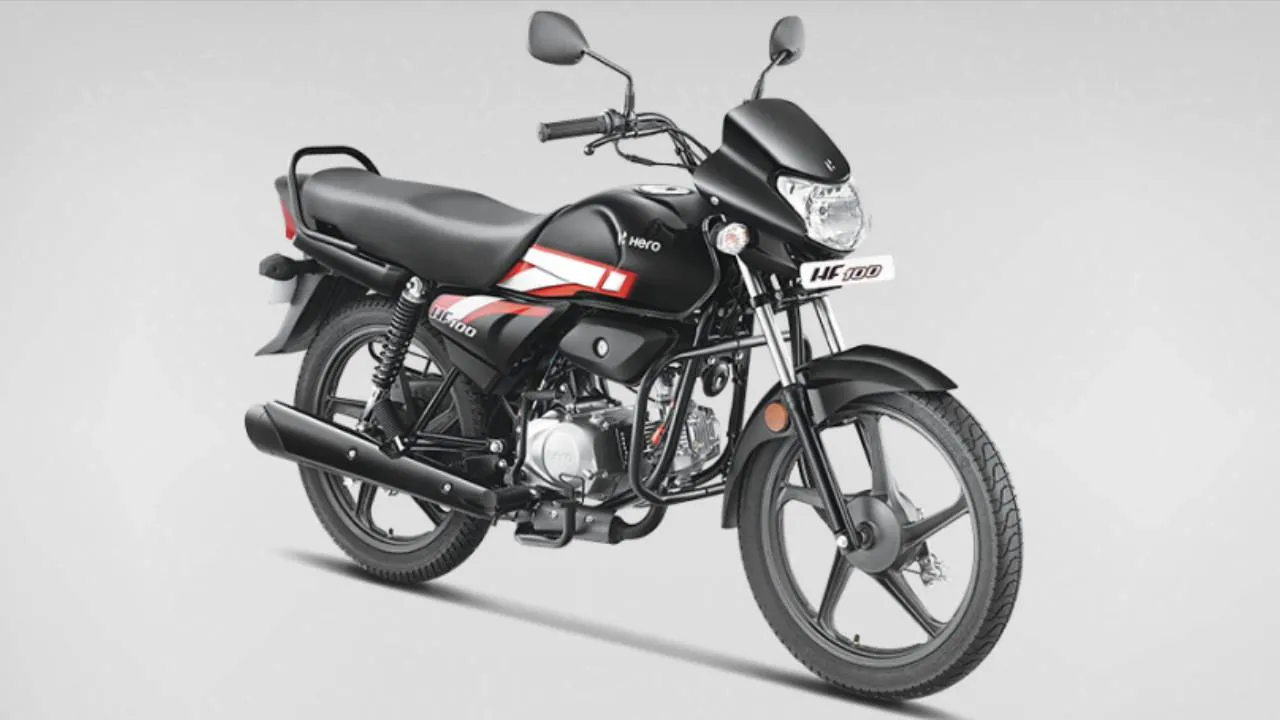
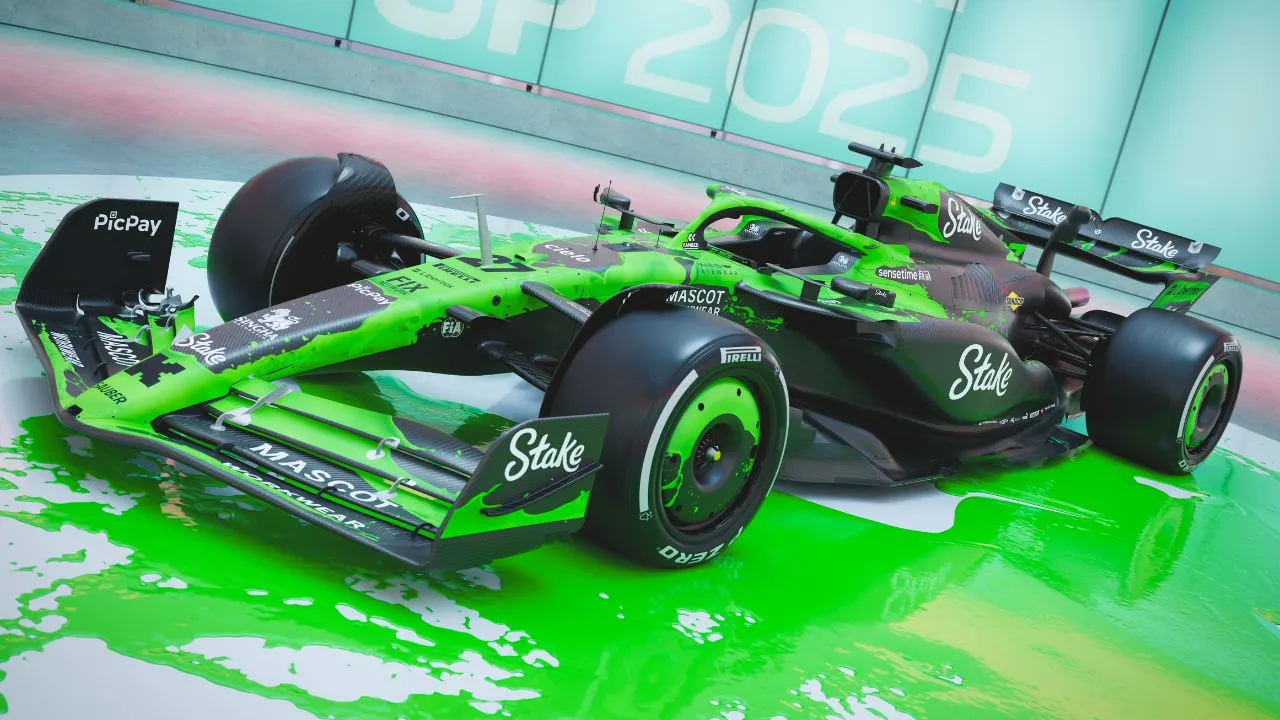
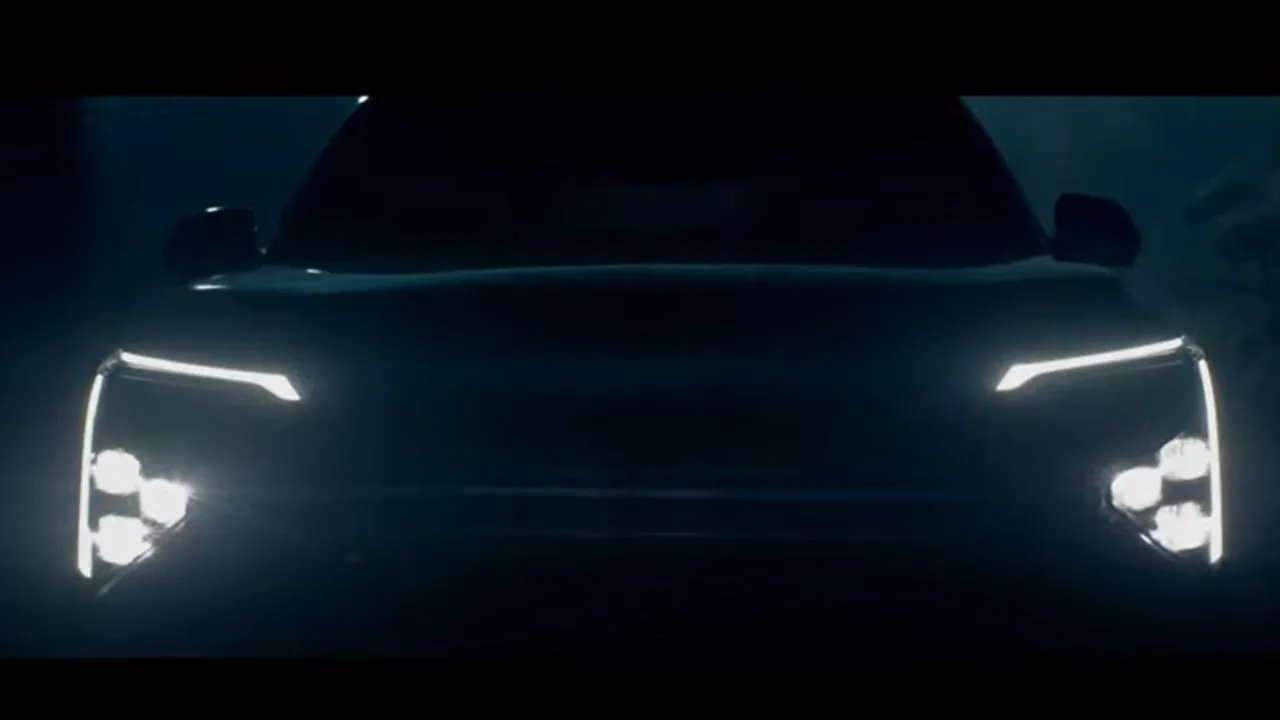














Write your Comment on